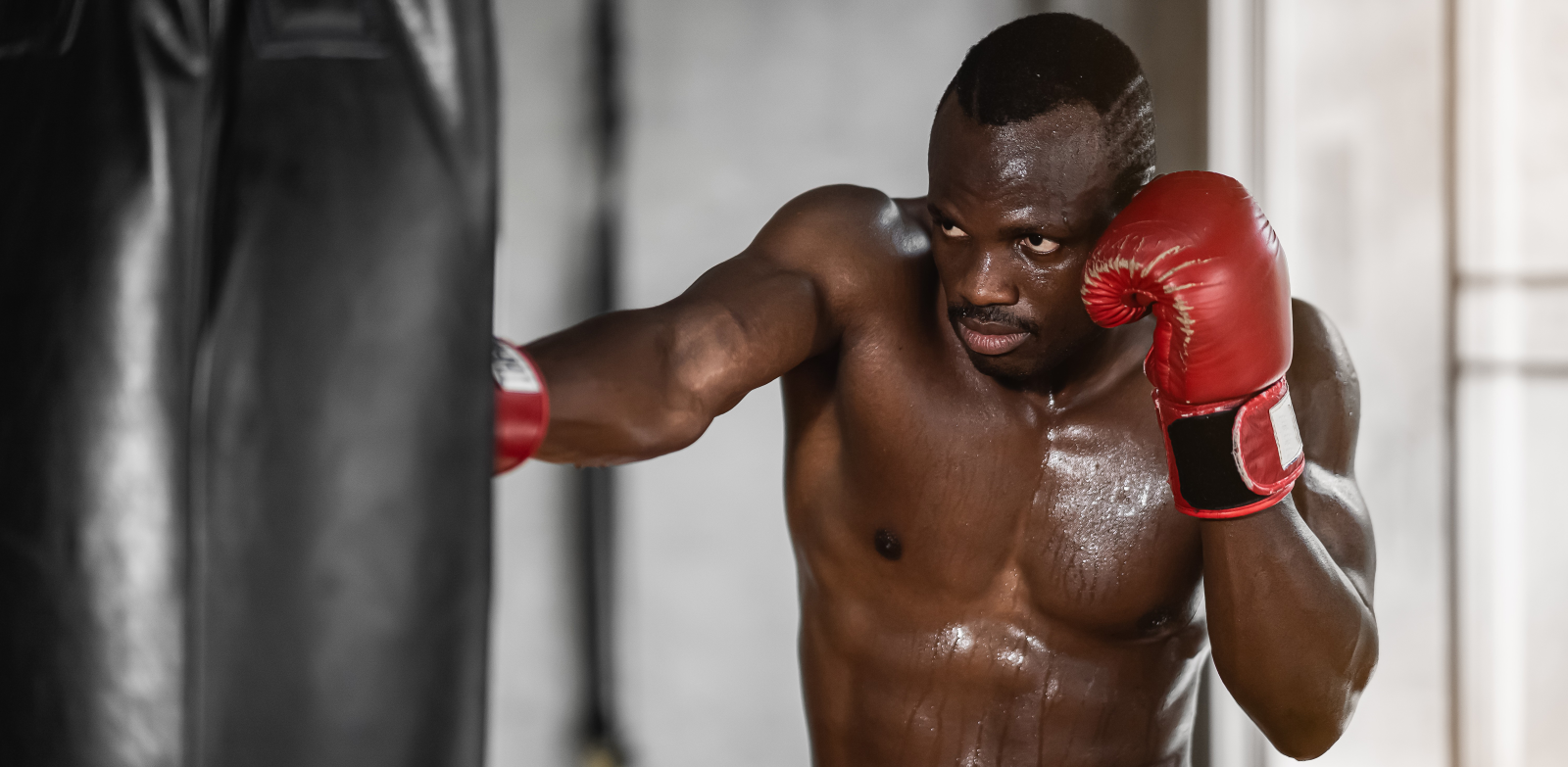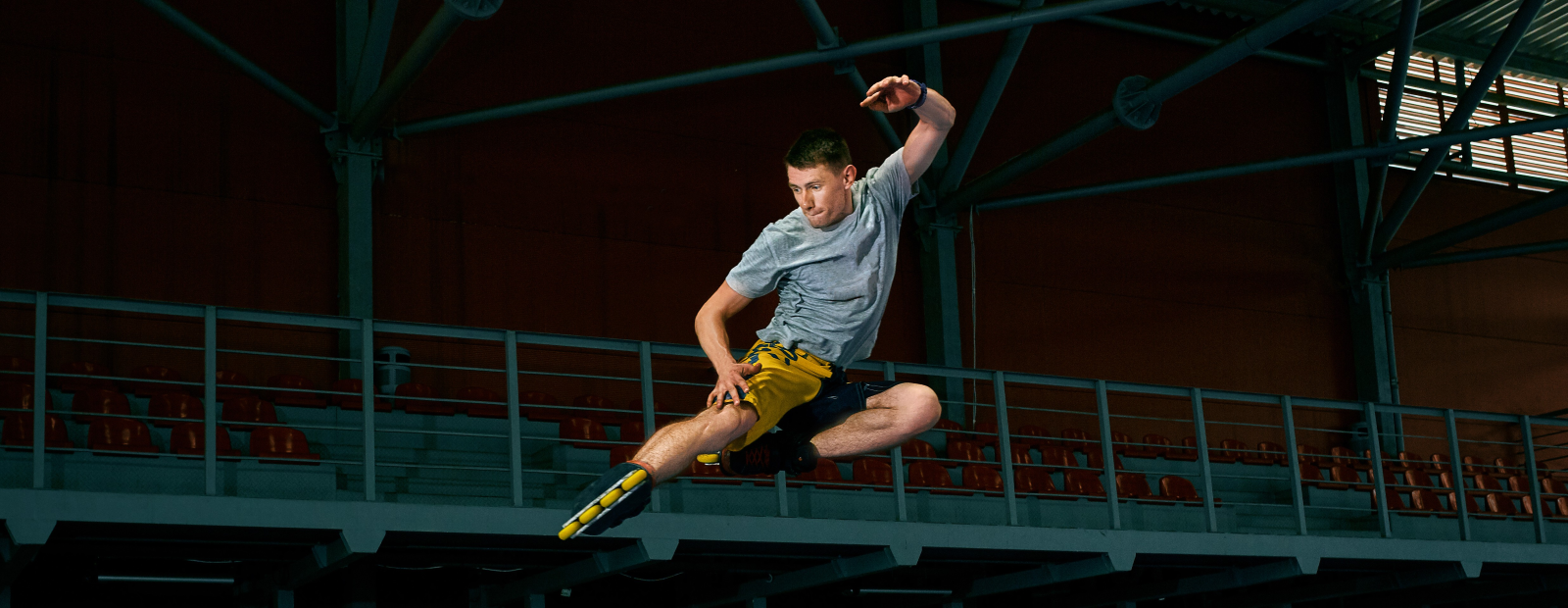The Art of Sports Photography
Capturing the Unpredictable
In most types of photography, especially sports photography, there’s always an element of the unknown — and that’s what makes it so exciting. Photography, in essence, reveals what the eye might miss in the heat of the moment. It illuminates movement, emotion, and intensity. But to succeed in sports photography, it’s not just about knowing your camera — it’s about being fully tuned in to what’s happening before it even happens.
Yes, understanding lighting, composition, and exposure is important. But in sports, technical skill alone isn’t enough. You also need to predict the future. Whether you’re on the sidelines of a football game or the edge of a basketball court, timing is everything. You’re working in real-time, with constantly changing variables like lighting, motion, and player positions. The key is anticipation — and that comes from preparation.
Understand the Sport You’re Shooting
One of the most valuable lessons for any sports photographer is to truly understand the game. It’s not enough to just show up with a camera. You need to know the flow, the rules, and the pivotal moments of the sport. This knowledge helps you position yourself strategically, frame your shots effectively, and anticipate key plays before they unfold.
For example, if you’re covering a football game and it’s third down with only seconds left on the clock, you know a critical pass is coming. That’s your moment to stay focused, lock in your settings, and be ready to shoot. Understanding the stakes allows you to react a second ahead — and in sports photography, that second makes all the difference.
Focus on Anticipation and Awareness
Unlike posed photography, sports doesn’t give you time to adjust or redo. You need to be alert, responsive, and constantly scanning the field. Great sports photographers don’t just follow the ball — they read the game. They pick up on a player’s body language, listen to crowd shifts, and feel the momentum of the match.
It’s not just about getting a sharp photo of someone mid-jump — it’s about capturing the story behind the motion. The tension before the sprint. The celebration after the win. These fleeting moments are where sports photography comes to life.
Learn the Technical Side, Then Trust Your Instincts
Mastering shutter speed, aperture, ISO, and burst mode are all vital — but once you’ve got those down, it’s about letting instinct take over. Sports happen fast, and your ability to adjust quickly is what sets you apart. You don’t just capture the game; you translate its energy into a still image.
Before the Game, Scout the Position
Positioning is everything in sports photography, but getting access to ideal spots — especially at major events — isn’t always up to you. High-profile competitions are tightly controlled, and locations are usually assigned by event organizers. That’s why experienced photographers often show up hours in advance, sometimes even three hours before the event starts, just to assess the setup, lighting, and angles available.
Take the Olympics, for example. Photographers get in early not just to claim their spot but to study the environment. They observe where the action will unfold and how best to capture it. It takes mental preparation as much as technical skill. You need to train your mind to visualize the possibilities before they happen.
For sports like hockey, this can mean studying team dynamics and anticipating key plays. If you know where the favorite team tends to shoot from, you can place your camera above the goalie net — a location you might not be able to reach during the game. Using a remote trigger, you can fire the shutter at exactly the right moment, even if you’re positioned elsewhere in the arena. This kind of planning transforms guesswork into strategy.
Keep an Eye Out for Patterns
Recognizing movement patterns is one of the most valuable tools in a sports photographer’s toolkit. It’s not just about reflexes — it’s about prediction. When you start to notice repetition in how athletes move, position themselves, or execute plays, you can prepare your shot before the action happens.
For instance, if you know that skiers consistently catch air at the same point near the peak of a hill, you’ll be ready with your focus and framing when the next one takes off. The difference between capturing a good photo and capturing the defining image of an event often comes down to how well you’ve observed these patterns.
Be Alert
In sports photography, timing isn’t just important — it’s everything. The best moments in any game often unfold in a split second. A game-winning goal, a player’s emotional reaction, a mid-air twist — these scenes don’t wait for you to be ready. They happen once and then they’re gone. If your attention slips for even a second, you could miss the shot that defines the entire event.
Staying alert means more than just looking through your lens. It’s about staying mentally present from start to finish. You can’t afford to be distracted, even during slow moments in the game. A sudden turnover, a surprise play, or an unexpected burst of emotion from a player can happen without warning — and that’s exactly when some of the most powerful shots are made.
Fatigue is a Factor
Physical fatigue is another major challenge. Sporting events can last for hours, and some photographers are on their feet the entire time, constantly repositioning themselves or adjusting gear. If you’re tired, your reaction time slows. You might hesitate for a moment — just long enough to miss the perfect frame. That’s why preparation is crucial. Get enough rest before a shoot. Stay hydrated. Dress comfortably, and make sure your gear is ready to go so you’re not fumbling when it counts.
Also, avoid distractions. Don’t get caught up checking your last shot on the screen or fiddling with settings during critical moments. Set up in advance as much as possible so you can stay focused on the game. Your job isn’t to just take a lot of photos — it’s to be ready when the moment happens. Because in sports, that moment never announces itself. You either catch it, or it’s gone forever.

The Most Viewed Photographs In Sport
Some of the most viewed and iconic sports photographs in history have captured moments that defined not only athletic achievement but also cultural or historical significance. While exact viewership numbers vary, the following images are widely recognized, shared, and published across the globe — making them among the most viewed in the world of sports:
1. Muhammad Ali Standing Over Sonny Liston (1965)
Photographer: Neil Leifer
Ali’s iconic pose after knocking out Liston in the first round is considered one of the most famous images in sports history. His raw energy and dominance in that moment have made this image timeless — reproduced endlessly in media, merchandise, and posters.
2. Bob Beamon’s Long Jump at the 1968 Olympics
Photographer: Tony Duffy
Beamon shattered the world record with an astonishing leap of 8.90 meters. The image capturing his mid-air stretch, along with the stunned expressions afterward, became symbolic of the “impossible made possible.”
3. Usain Bolt’s Lightning Pose (2008 Olympics)
Photographer: Cameron Spencer (Getty Images)
After winning the 100m final in Beijing, Bolt struck his now-famous lightning bolt pose. The photo went viral worldwide, symbolizing not only his win but his charisma and global stardom.
4. Brandi Chastain Celebrating World Cup Victory (1999)
Photographer: Robert Beck (Sports Illustrated)
After scoring the winning penalty in the Women’s World Cup Final, Chastain fell to her knees, ripped off her shirt, and celebrated. The moment became one of the most viewed and debated sports images in history, helping boost women’s soccer globally.
5. Diego Maradona’s ‘Hand of God’ Goal (1986)
Photographer: Various
This controversial goal against England became one of the most infamous and widely circulated photos in football history. The image of Maradona punching the ball into the net remains unforgettable decades later.
6. Michael Jordan’s ‘Last Shot’ (1998 NBA Finals)
Photographer: Fernando Medina
Jordan’s game-winning jumper for the Chicago Bulls in Game 6 of the Finals against the Utah Jazz became a lasting symbol of his legacy. Captured mid-shot, this image is one of basketball’s most circulated photographs.
7. Tommie Smith and John Carlos Black Power Salute (1968 Olympics)
Photographer: John Dominis
During the medal ceremony, Smith and Carlos raised gloved fists in a silent protest for civil rights. The image went far beyond sports — it’s one of the most important political photographs ever taken at a sporting event.
Sports Photography
What is sports photography?
Sports photography is a genre of photography that focuses on capturing live sports events, athletes in motion, and the emotions of competition. It combines fast reflexes, deep knowledge of the sport, and technical camera skills to freeze moments that happen in real time. The goal is to tell the story of the game through action, expression, and atmosphere.
What camera settings are best for sports photography?
To capture fast-moving action, sports photographers typically use a fast shutter speed (1/1000 sec or faster), a wide aperture (like f/2.8 or f/4), and a higher ISO to compensate for lighting conditions. Continuous autofocus and burst mode are essential to track movement and shoot multiple frames quickly. Settings can vary depending on the sport, venue lighting, and desired depth of field.
How important is anticipation in sports photography?
Anticipation is one of the most critical skills in sports photography. Great shots often happen in less than a second, and there’s no time to react once the moment starts. Knowing the sport, reading body language, and predicting key plays can help photographers frame and focus in advance, increasing the chances of capturing defining moments.
What equipment do sports photographers typically use?
Sports photographers often use DSLR or mirrorless cameras with fast autofocus and high frame rates. Popular lenses include 70–200mm f/2.8 for flexibility and longer primes like 300mm or 400mm for field sports. Monopods, remote triggers, and multiple camera bodies are also commonly used, depending on the event and access.
What challenges do sports photographers face?
Sports photographers deal with unpredictable action, difficult lighting, restricted movement, and time pressure. They must stay focused for long periods, manage heavy gear, and work quickly to deliver images — sometimes in real-time. Despite the challenges, the reward is capturing powerful, once-in-a-lifetime moments that tell the story of the game.


You must be logged in to post a comment.